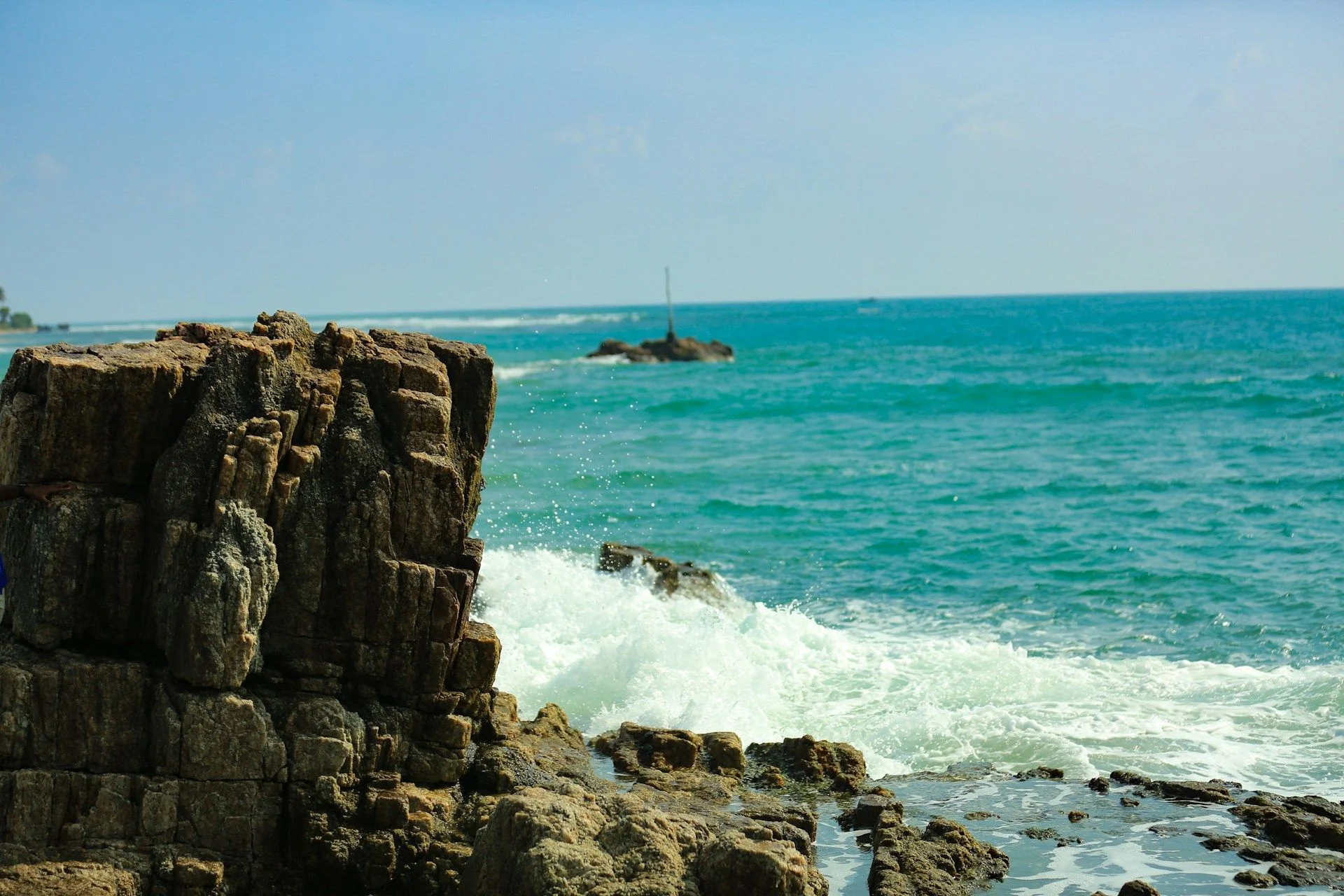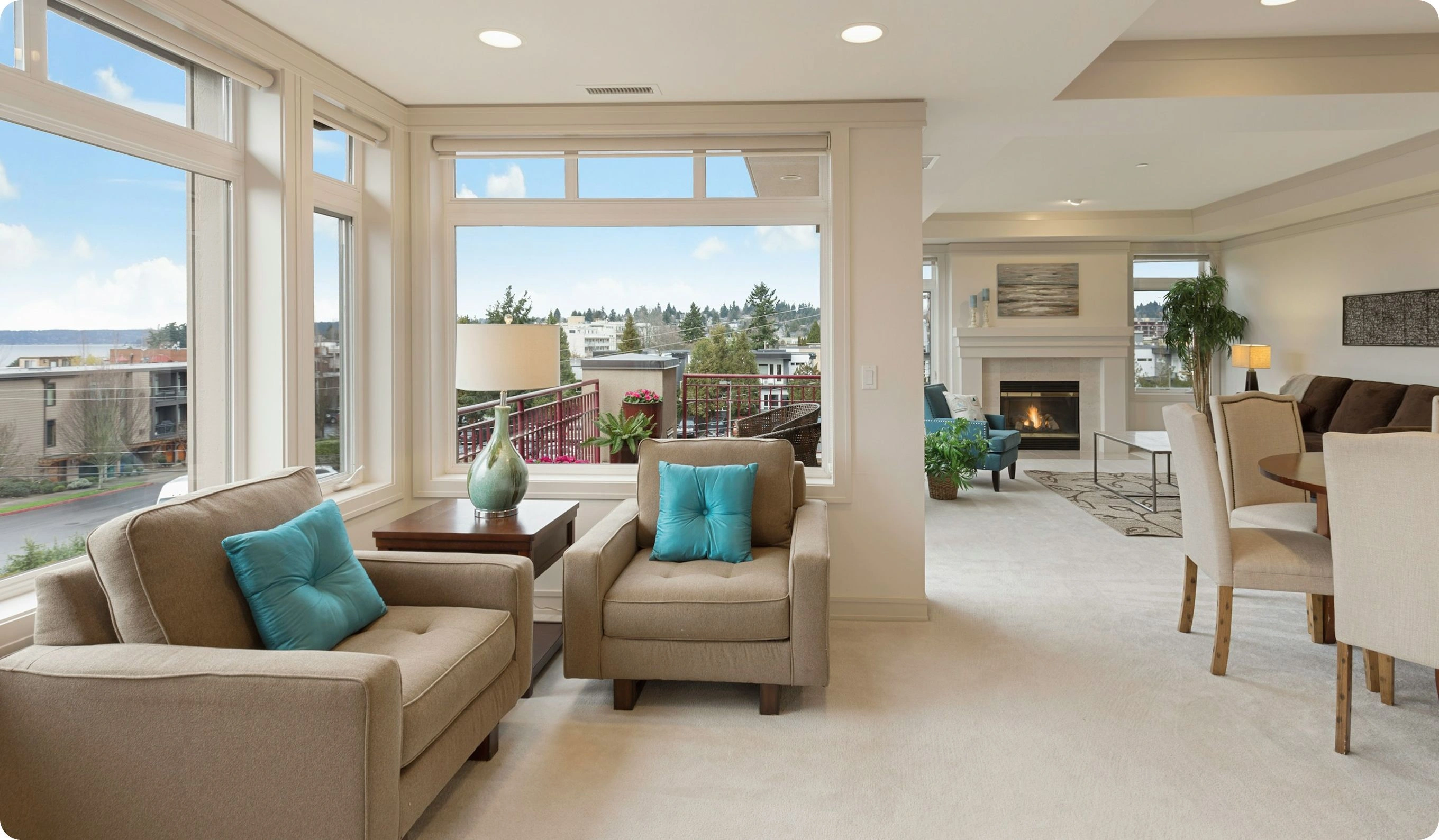Trincomalee Investment Property Listings – Prime OpportunitiesTourism-driven housing near diving and temples

Best offers
in Trincomalee
Benefits of investment in
Sri Lanka real estate
Lush property near beaches, tea hills, or temples
From colonial bungalows to seaside homes, Sri Lanka offers a wide variety of property types surrounded by natural beauty.
Active expat zones with growing infrastructure
Southern coastal towns like Galle and Tangalle attract remote workers and retirees, fueling modern development and service upgrades.
Warm climate, low prices, and heritage appeal
Buyers get access to affordable real estate in a culturally rich, year-round tropical destination.
Lush property near beaches, tea hills, or temples
From colonial bungalows to seaside homes, Sri Lanka offers a wide variety of property types surrounded by natural beauty.
Active expat zones with growing infrastructure
Southern coastal towns like Galle and Tangalle attract remote workers and retirees, fueling modern development and service upgrades.
Warm climate, low prices, and heritage appeal
Buyers get access to affordable real estate in a culturally rich, year-round tropical destination.

Useful articles
and recommendations from experts
Buy Real Estate in Trincomalee, Sri Lanka
Why Invest in Trincomalee
Trincomalee, situated on the northeastern coast of Sri Lanka, is one of the most scenic and strategically significant port cities in South Asia. Famous for its deep-water natural harbor, white-sand beaches, and cultural heritage, Trincomalee (or “Trinco”) has started gaining attention from investors looking beyond traditional southern markets. With growing interest in sustainable tourism, infrastructure upgrades, and government support for Eastern Province development, Trincomalee presents long-term opportunities in hospitality, residential, and mixed-use real estate.
Types of Real Estate in Trincomalee
Trincomalee’s real estate market includes:
- Beachfront land: Particularly around Uppuveli, Nilaveli, and Marble Beach — ideal for hotels, villas, or holiday homes.
- City center properties: Shops, residential homes, and mid-range apartment units in areas like Inner Harbor Road and Kanniya Road.
- Tourist lodging: Guesthouses and eco-resorts near the coast, targeting both domestic and international travelers.
- Agricultural land: Inland plots used for coconut, rice, and mixed farming, available at affordable prices.
- Institutional land: Suitable for education or NGO development, given the number of projects operating in post-conflict recovery areas.
Ownership and Legal Framework
Foreigners are allowed to invest in Sri Lankan property under regulated structures:
- Freehold land: Foreign individuals cannot purchase freehold land outright but can lease land for up to 99 years via BOI-approved companies.
- Apartment ownership: Condominiums (above 4th floor) can be bought directly by foreigners with no ownership restriction.
- BOI projects: Investment structures involving tourism or commercial development are eligible for special land leasing and tax incentives.
Market Prices and Trends
Property prices in Trincomalee remain low compared to Colombo or Galle, but are rising:
- Beachfront land (per perch): LKR 300,000 – 900,000 depending on access and proximity to tourist areas like Nilaveli
- Inland residential land: LKR 100,000 – 300,000 per perch
- 3-bedroom house in city suburbs: LKR 5 million – 12 million (USD 15,000 – 40,000)
- Commercial plots in Trinco town: LKR 400,000 – 1,000,000 per perch depending on location
Rental Yields and Tenant Demand
Trincomalee attracts tenants from several segments:
- Tourists: Primarily from Europe and Asia, looking for short-term beachfront stays.
- Expat workers: Including aid workers, NGOs, and development project teams.
- Local professionals and families: Seeking affordable rentals in the city or near educational hubs.
- Beachfront villa (seasonal): Up to 12% annually if marketed well and maintained
- Urban apartment: 5% – 7% on long-term leases
- Guesthouse or eco-lodge: 8% – 10% depending on occupancy and booking platforms
Investment Scenarios
Examples of investment approaches:
- Holiday villa: Build a two-unit beachfront property in Nilaveli for USD 250,000 and rent each unit at USD 100–150/night during peak season.
- Land banking: Acquire 40-perch plot near Marble Beach for LKR 15 million and hold for future resort development or resale to developers.
- Eco-retreat: Use 1-acre agricultural land for glamping or yoga retreat targeted at European travelers.
- Midtown apartment block: Develop a 4-unit low-rise residential building in the city for long-term leases to government or NGO employees.
High-Potential Areas in Trincomalee
Some of the best places to buy property in or around Trinco include:
- Uppuveli: A popular beachfront zone for backpackers and boutique hotels.
- Nilaveli: Considered the premium beach area with white sands and emerging villa resorts.
- Kuchchaveli: North of Nilaveli, a developing tourism zone with large land parcels and strategic road access.
- Thirukkadalur and Sambaltivu: Inland neighborhoods near public infrastructure and markets.
- Trinco town proper: Ideal for retail, offices, and mixed-use development.
Transaction Process and Fees
The standard property transaction steps include:
- Property identification and title verification
- Engaging a licensed notary or lawyer for deed checks
- Negotiation and signing of Sale & Purchase Agreement or lease deed
- Payment of 3% stamp duty and registration charges
- Deed registration with the local Land Registry
Ongoing Costs and Taxation
Ownership and operating costs are moderate:
- Annual property tax: 0.6% – 1% of assessed municipal value
- Stamp duty: 3% on declared value
- Rental income tax: Between 10% – 24% based on total income level
- No capital gains tax: Sri Lanka currently does not apply CGT on real estate
- Utility charges: Reasonable for water, electricity, and waste collection
Who Should Invest in Trincomalee
Trinco suits a range of investor profiles:
- Tourism operators: Developing beachfront lodges or adventure tourism bases
- Land bankers: Holding coastal plots ahead of further infrastructure development
- Diaspora investors: Building second homes or retirement retreats in scenic locations
- Eco-conscious developers: Building low-impact tourism or agrotourism projects
- NGO-aligned buyers: Securing staff housing or mixed-use premises for regional projects
Conclusion
Trincomalee represents a frontier market in Sri Lanka’s real estate landscape. With natural beauty, low entry costs, and strategic geographic position, it is gaining momentum as an alternative to saturated southern markets. Investors benefit from flexible leasing options, strong tourism demand, and supportive government incentives for the Eastern Province. Whether for lifestyle retreats, tourism ventures, or land accumulation, Trincomalee offers long-term value and unique positioning on the island’s evolving investment map.
